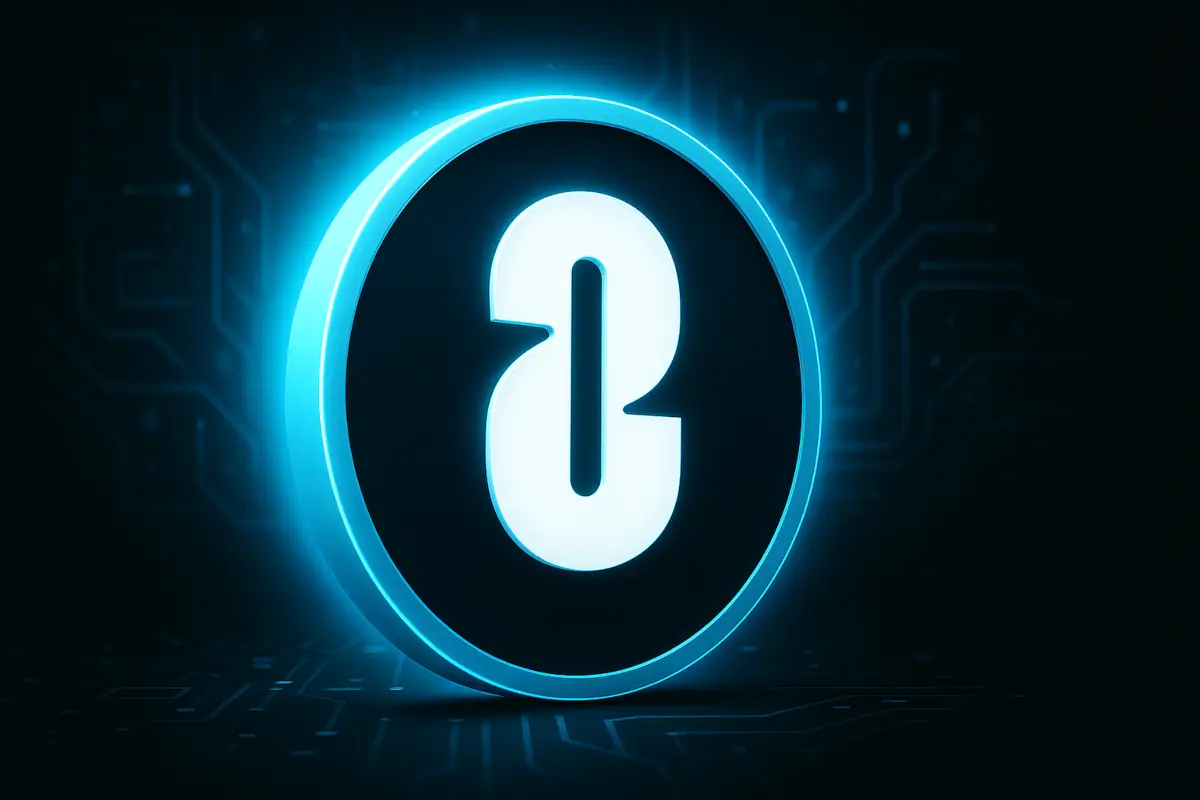In a year where Web3 technologies continue expanding their roles across sectors, one data infrastructure project has stepped into the spotlight – Space and Time (SXT). With support from Microsoft and a token launch that drew attention across exchanges, the protocol is shaping up as a key layer for secure and transparent data processing. Its approach merges zero-knowledge proofs with decentralized storage to create a system where both smart contracts and artificial intelligence can use verified data.
Table of Contents
What is Space and Time (SXT)?
Space and Time operates as a decentralized data platform, offering a way for applications to run SQL-based queries that return verifiable results. This is achieved through a feature called Proof of SQL, which uses zero-knowledge cryptography to confirm that the results of a data query are accurate and untampered with. Instead of relying on third-party services or centralized oracles, applications receive cryptographically proven outputs.
The platform is designed to serve both onchain and offchain data needs. Originally focused on decentralized finance and gaming use cases, it has now widened its scope to include enterprise and AI-driven applications. It aims to become a public utility for verified data, using a model where storage is free and computing is the only cost passed to users.
As the project developed, Microsoft’s backing brought additional attention, placing Space and Time in conversations around infrastructure for trusted data usage between artificial intelligence systems and blockchain networks.
How Space and Time (SXT) Work?
The operational structure of Space and Time involves a distributed network of nodes, each with specific roles. Indexer nodes take blockchain data and organize it into structured tables. These are then queried by prover nodes, which execute SQL queries and generate zero-knowledge proofs for each result. Validator nodes check these proofs, ensuring that data stays consistent and tamper-proof before it is used in smart contracts or AI operations.
This setup addresses several common limitations of blockchains. It allows access to historical and contextual data, offers connectivity to external sources like APIs, and removes reliance on centralized oracles. Developers can use regular SQL syntax but gain additional security through verifiable cryptography.
The cross-chain compatibility also extends Space and Time’s reach, covering Ethereum, Polygon, BNB Chain, Avalanche, and others, helping different blockchain platforms make use of the same secure data layer.
SXT’s Binance Listing
Space and Time’s native token, SXT, was officially listed on Binance on May 8, 2025, at 13:00 UTC. This followed a two-day farming period under the Binance Launchpool, where users could stake BNB, FDUSD, or USDC to earn a share of 125 million SXT. This reward pool made up 2.5% of the total token supply.
After listing, Binance enabled trading pairs with USDT, USDC, BNB, FDUSD, and TRY. Support extended quickly into several services. SXT was added to Binance Simple Earn, with flexible options available from May 8 and a high-yield fixed-term product offering a 66% annual rate launched on May 12.
The same day, Binance also included SXT in its margin trading options with both cross and isolated margin modes for SXT/USDT and SXT/USDC. Additionally, the token’s perpetual futures contract (SXTUSDT) moved from pre-market to full trading with up to 5x leverage at 16:00 (UTC+3).
SXT Dropped 30% Since Launch
The token began trading at $0.06 and saw heavy price swings during its opening day. It reached an all-time high of $0.1869 on May 8 but did not hold that position for long. By May 9, it had fallen to $0.1183, the lowest so far. The current price stands at $0.13, which marks about a 30% drop from the first-day peak but an 11% recovery from the all-time low.

During the last 24 hours, SXT’s price dropped by 8%, with market volume declining 13% to settle around $152 million. The circulating supply remains at 1.4 billion SXT out of a total supply of 5 billion, placing the token at rank #254 by market cap.
SXT’s Role and Tokenomics
SXT plays a central role in the Space and Time ecosystem. Validators are required to stake the token to participate in proof verification, ensuring security and data integrity. Users must also use SXT for data queries and compute services, creating ongoing demand within the protocol.
The full supply of SXT is capped at 5 billion. Of this, 2.58 billion (51.7%) is set aside for community distribution. Community rewards make up 28%, including incentives and staking, with 7.5% of that unlocked at token generation. Another 23.7% is reserved for ecosystem development. Investors hold 1.29 billion (25.9%), while 1.12 billion (22.4%) is allocated to team members and advisors.
Data contributors and node operators can earn SXT by publishing valuable datasets or supporting the system’s operations. The token also supports payment for services like compute time and query access, providing a full transactional loop within the network.
Looking Ahead
Despite early losses, SXT continues to show strong trading interest. Repeated efforts to push the token above $0.15 have failed so far, but the high trading volume and continued Binance support could maintain attention around it in the near term.
The platform’s integration with blockchain and AI, combined with a focus on decentralized infrastructure, puts it in a growing segment of Web3. Space and Time’s token is now available on the Microsoft Azure Marketplace. It’s the first Web3 data warehouse enabling integration of on-chain and off-chain data.
Read also: Top 4 AI Crypto Coins to Watch




